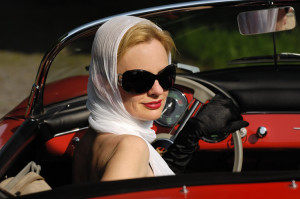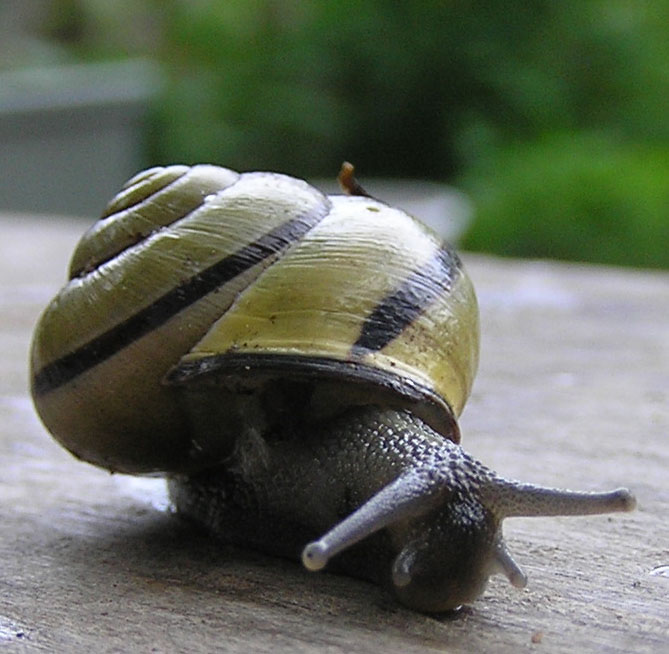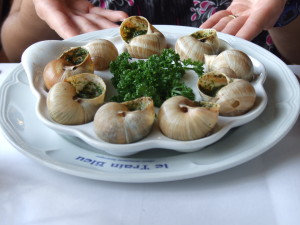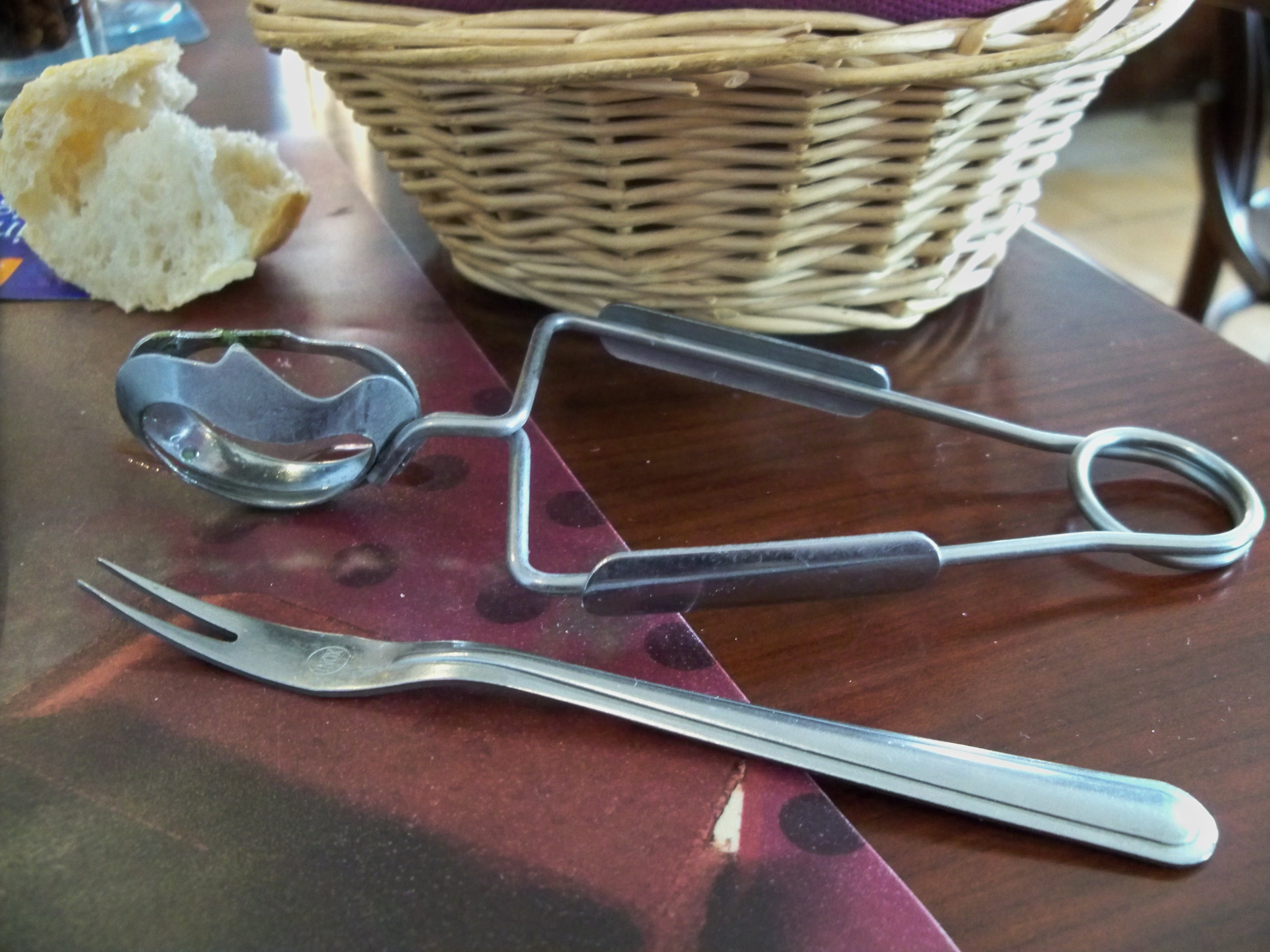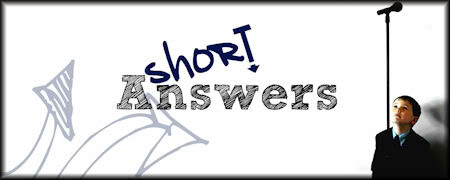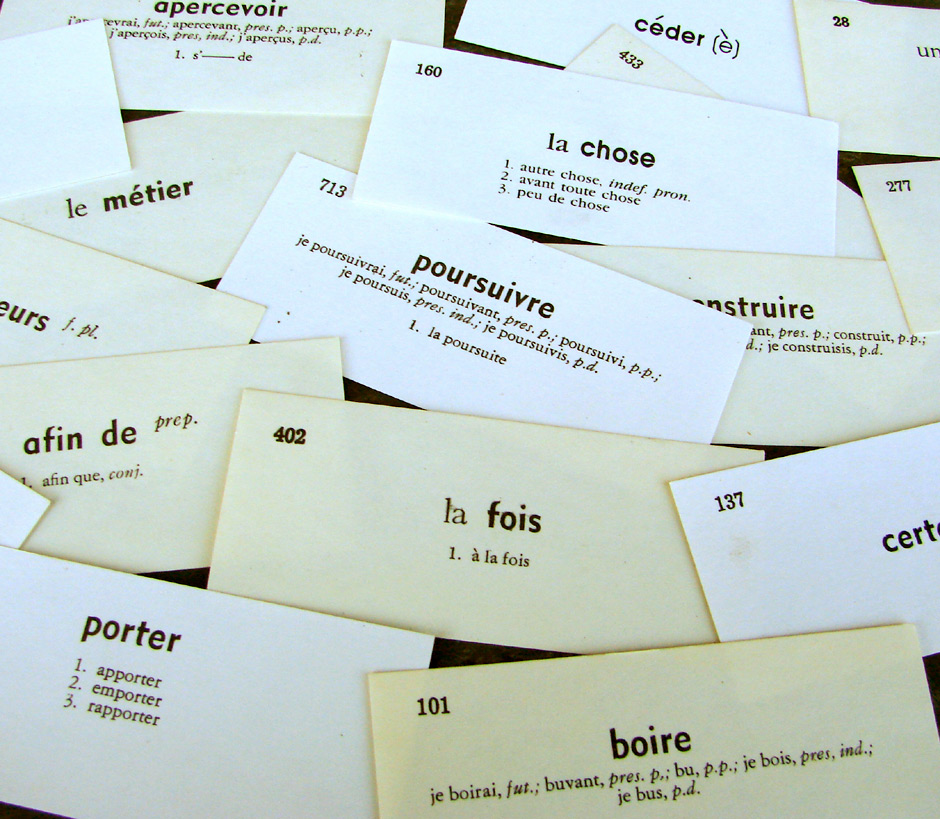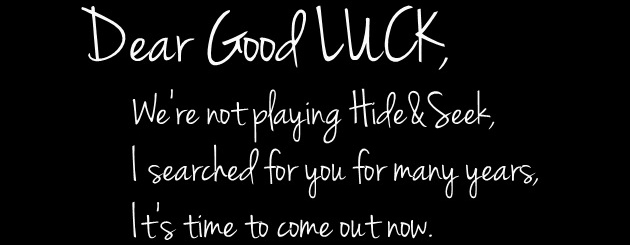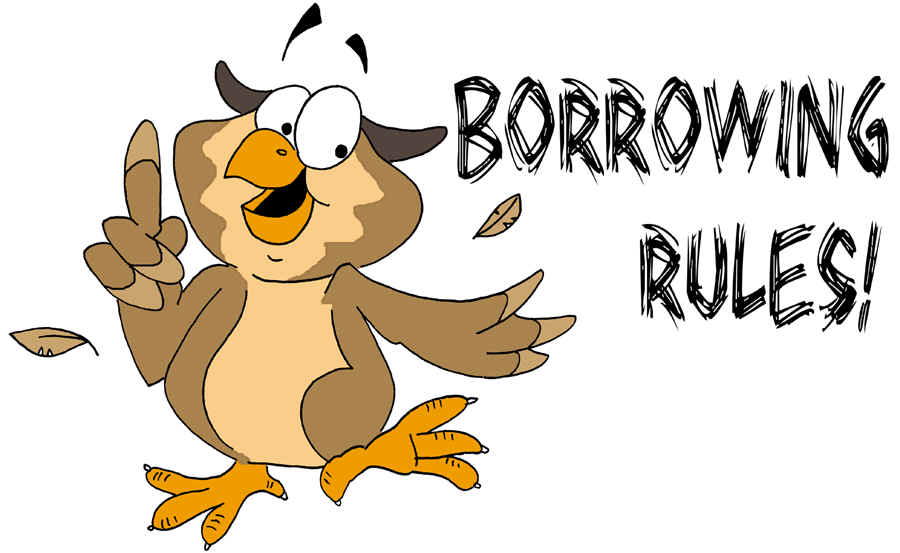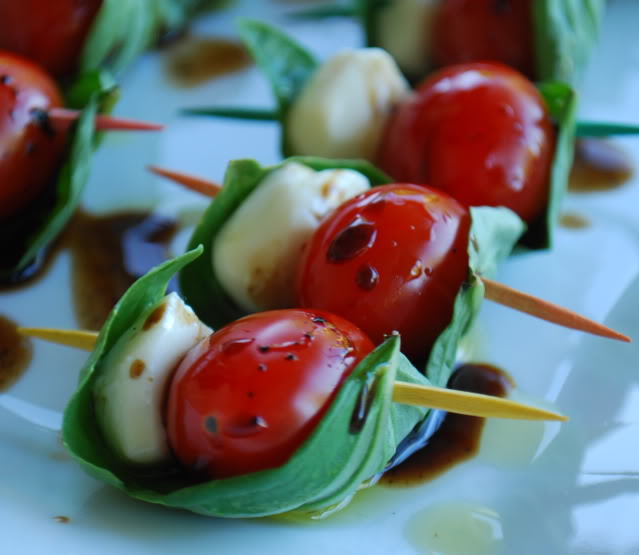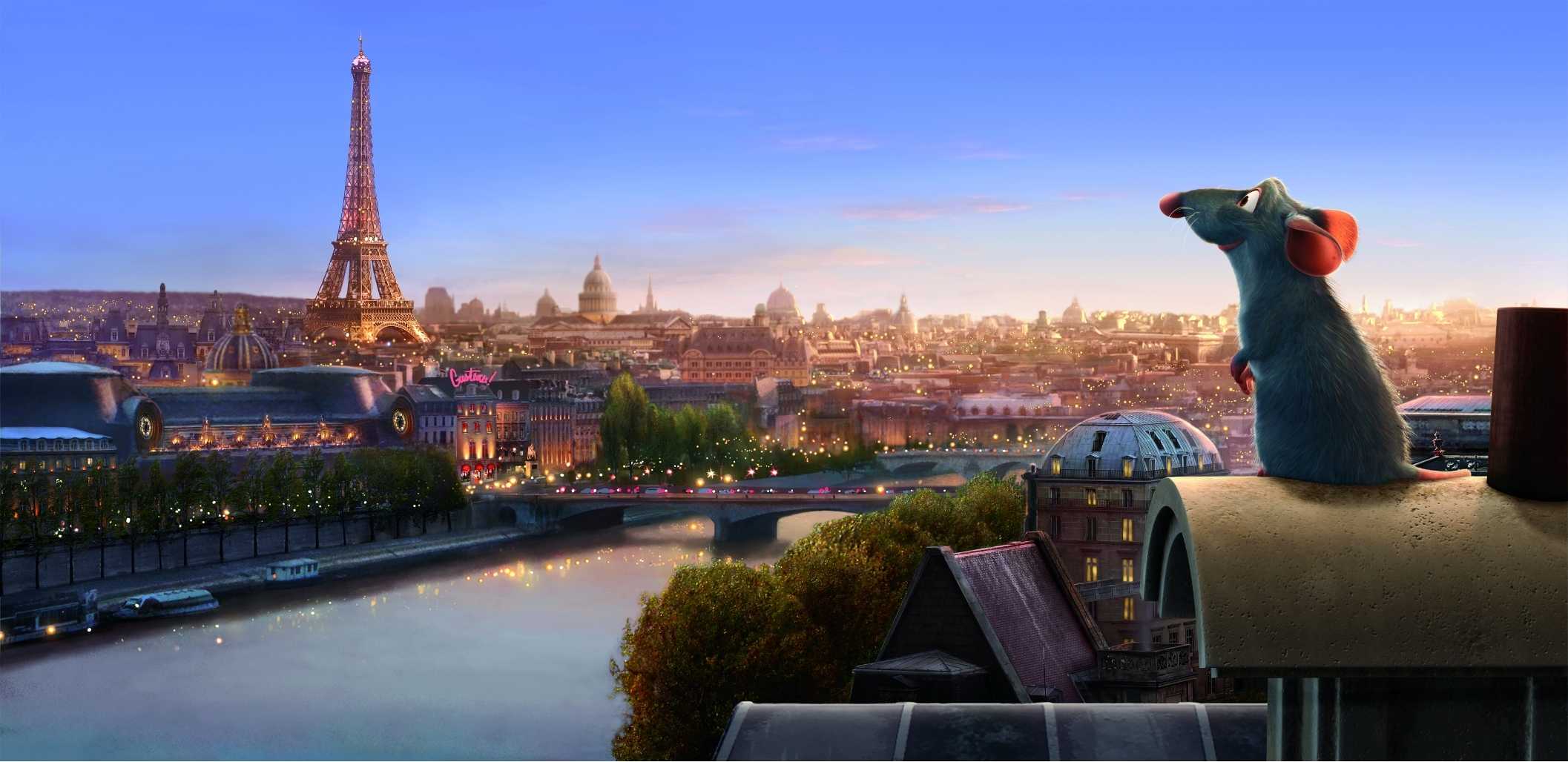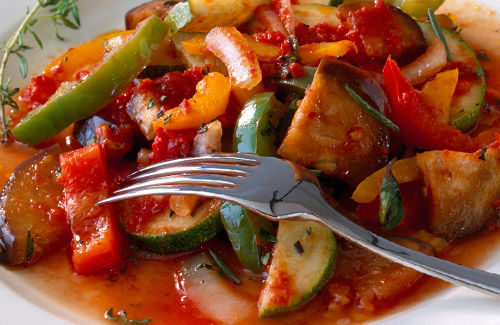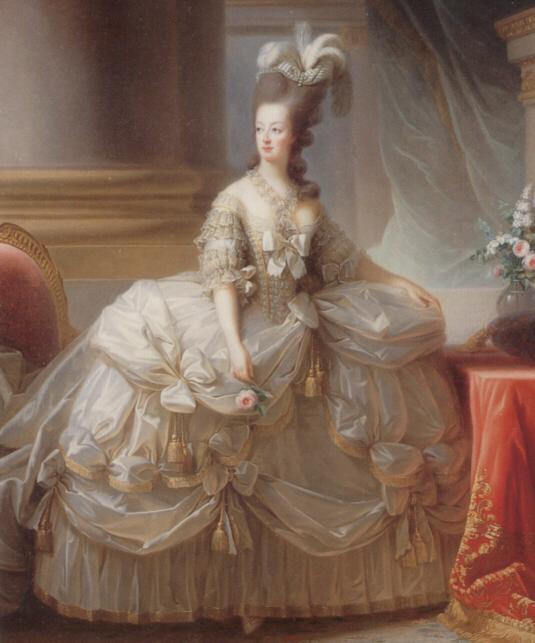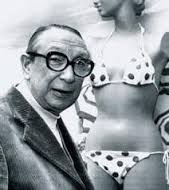Flirt in French: Getting Lovey-Dovey in the Language of Love
Posted on November 26th, 2013 by Jonah Arellano in Uncategorized | No Comments »
The winter months are a time for sweaters, scarves, and snuggles, don’t you think? To me, there’s nothing better than cuddling up with a loved one and sharing conversation over a steaming cup of hot chocolate. If your significant other is French—or your next one is going to be (wink*)—it would be especially romantic to whisper a few sweet nothings to them in their native language. Make sure your déclarations d’amour go straight to their heart instead of sending your loved one straight to a dictionary by trying out this list of 5 romantic phrases in French.
1. Tired of using English terms of endearment with your French sweetie? Try referring to them as “mon petit chou-fleur”. Literally translated, this means “my little cauliflower”. A bit strange to us, sure, but it’s a commonly used term of endearment in France.
2. If your french femme is the woman of your dreams, let her know by saying: “Tu es la femme de mes rêves!” If the object of your affection is of the male persuasion, just switch the gender in the phrase: “Tu es l’homme de mes rêves!”
3. If the cuddling is getting a bit heated, you might want to ask: “Il fait chaud ici, ou c`est juste toi?” Sure it’s a bit corny, but asking “is it hot in here, or is it just you?” at the right time might lead things in a more amorous direction.
4. Stuck on what to say, or just enjoy comfortable silence? Try out this line by the famous French poet Desbordes-Valmore: “Entre deux coeurs qui sáiment, nul besoin de paroles” romantic and also true, “Two hearts in love need no words”.
5. Let your love interest know you had a nice time by saying “Merci pour cette soiree” (Thanks for the evening).
Want to learn more? Nothing like learning the language of love to make your French significant other’s heart skip a beat, take things to the next linguistic level by checking out our French courses today!






